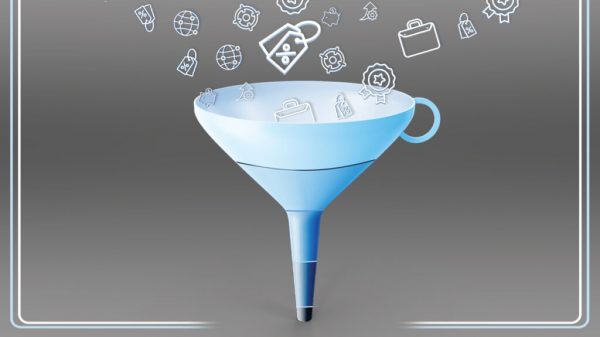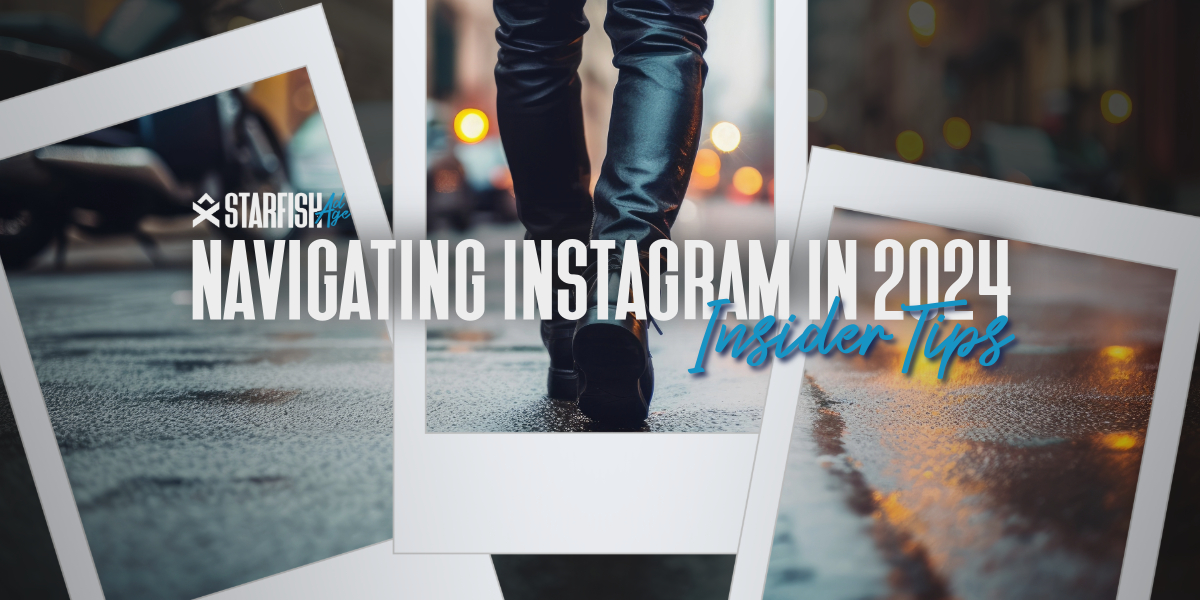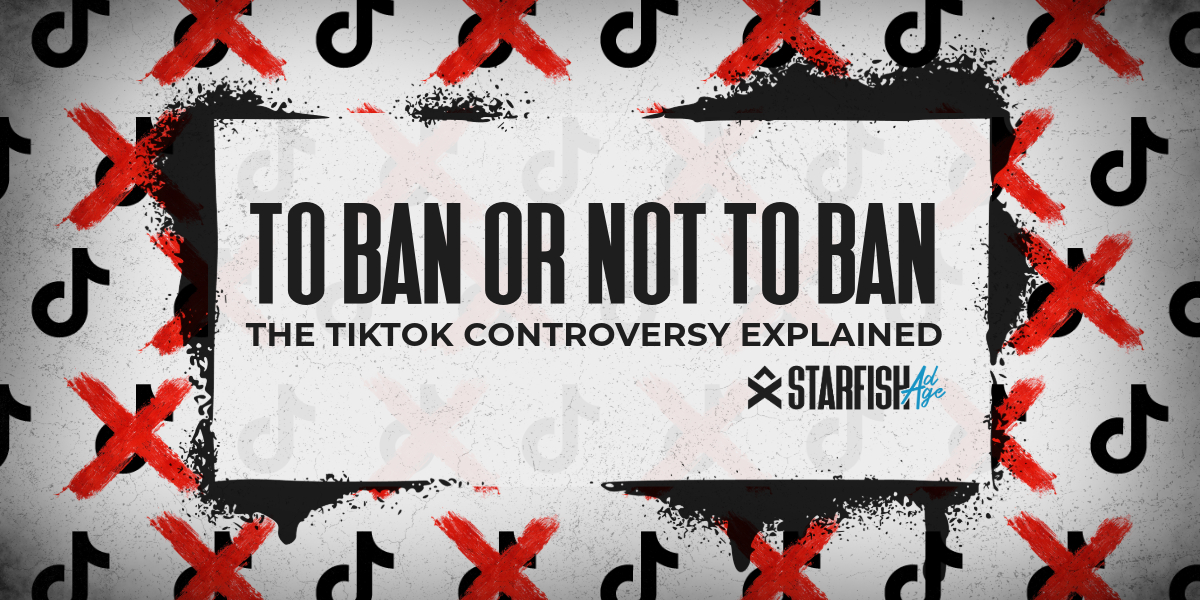
Why Is Graphic Design Important? Explaining This Crucial Service For Your Business
Learn how brand identity, effective logo design, and a cohesive brand strategy can transform your business. Explore essential tips for impactful branding.

For salespeople, marketing departments, and business owners — catching more leads is a key objective for every company. In fact, according to the Harvard Business Review, getting in front of potential customers is the surest way for companies to grow. But do you know how to build a sales funnel that captures more leads? With so many different sales funnel options available, it can be challenging to decide which one is right for your business. However, once you understand the different types of sales funnels out there and their individual pros and cons, putting one together becomes much easier. In this blog post, we’ll go through the basics of what a sales funnel is and why you need one. Then we’ll break down how each type of sales funnel works and how it can benefit your business specifically.
A sales funnel is a process used to move prospects toward becoming customers. It’s a common term that gets thrown around a lot, but not everyone knows how it works. Basically, it’s a system that starts with many different types of prospects and ends with a handful of customers. Different steps in the funnel are designed to sort prospects into different buckets based on their level of interest and likelihood to purchase. Sales funnels are a proven method of increasing sales and growing businesses. They work well for B2B sales as well as B2C sales if you have distinct paths for each customer type. For example, a funnel for a B2C skateboard shop might look a little different than one for a B2B software company. But the core principles remain the same.
If you want to boost your sales by bringing more leads into your sales funnel, a sales funnel can be a great tool to help. A sales funnel is basically a process that starts with many different types of prospects and ends with a handful of customers. Different steps in the funnel are designed to sort prospects into different buckets based on their level of interest and likelihood to purchase. A sales funnel is helpful because it makes sure that your sales team is only working on leads that are likely to become customers. This can help you better use your time and resources, which can lead to more sales and more revenue for your business.
Building a sales funnel that works can be a challenge, but it’s important to get it right. It can be broken down into three basic steps:
Lead Generation – This is when you actively seek out prospects. It’s best to target your efforts toward people who are actively looking for a solution to their problem.
Sales Automation – Once you’ve generated a lead, you want to make sure you’re getting it into the hands of your sales team as quickly as possible. This is where sales automation comes in handy.
Sales Funnel – Once you have a lead in your funnel, it’s time to move them through the sales process. This is where you have to be careful to avoid falling into the hard sell as you’re trying to close the deal.
The Ask! sales funnel is a great choice for B2B companies that want to catch more leads from marketing, sales and service. It’s most commonly used by SaaS companies, but can be applied to just about any business model. The Ask! funnel is best suited for B2B companies that sell complex or high-priced products or services. Because of the nature of these products and the expertise required to find solutions, prospects often need help making the right purchasing decision. This is why the Ask! funnel is so effective — it makes asking for help easy for your prospects, which makes them more likely to engage and buy from you.
The nurturing sales funnel is the perfect choice for B2C companies that want to catch more leads from marketing and sales. It’s most commonly used by e-commerce stores, Amazon sellers, and agencies like Starfish Ad Age. The nurturing sales funnel is a great choice for B2C companies because it makes it easy for leads to engage with your brand. It allows you to nurture your leads until they’re ready to buy — meaning you’ll have plenty of time to respond to their questions and address any concerns they might have. As a result, nurturing leads until they’re ready to buy will help you increase sales and reduce abandoned carts. The nurturing sales funnel is best suited for B2C companies that sell low-cost products or services. Because you don’t want to overwhelm your leads with too much information, nurturing sales funnels are best suited for low-cost and low-risk products.

Learn how brand identity, effective logo design, and a cohesive brand strategy can transform your business. Explore essential tips for impactful branding.

Learn how brand identity, effective logo design, and a cohesive brand strategy can transform your business. Explore essential tips for impactful branding.

Gain insights from success stories and FAQs to optimize your Instagram strategy and connect with your target audience more effectively than ever before.

Explore the comprehensive guide to the TikTok ban debate in the U.S., including the rise of TikTok, concerns over privacy and national security, and the implications for users and the broader social media landscape.

Explore the essential distinctions between marketing and advertising and learn how each plays a unique role in business success.
All Rights Reserved | Starfish Ad Age LLC | 2023 | Privacy Policy